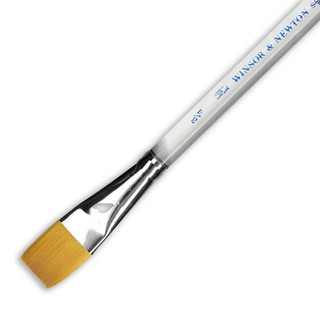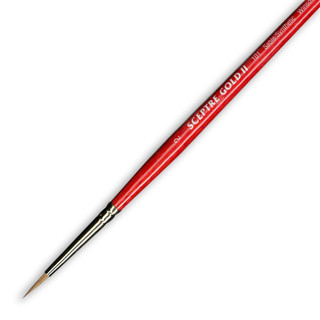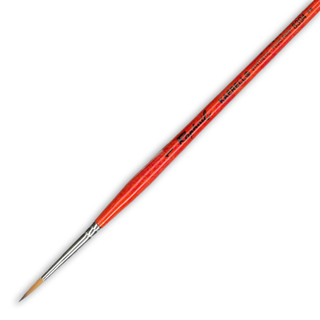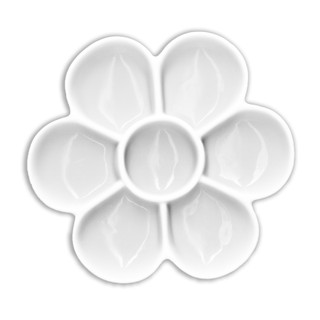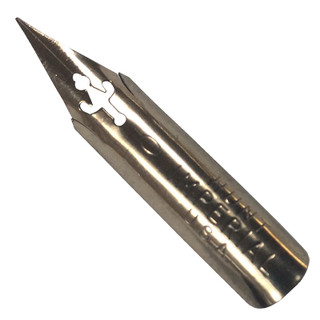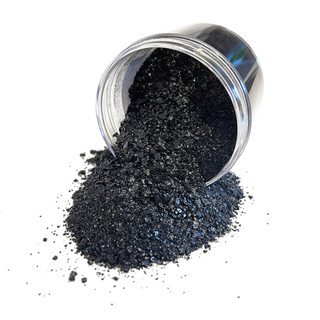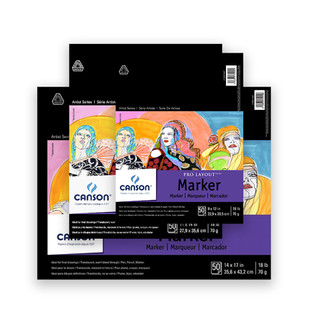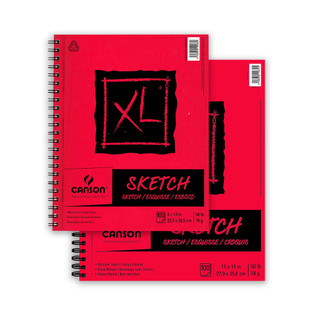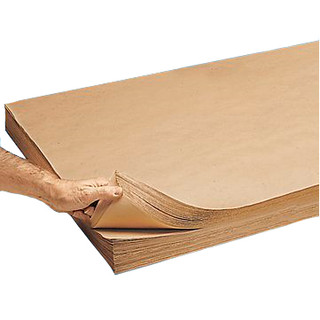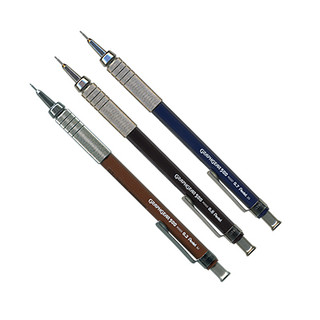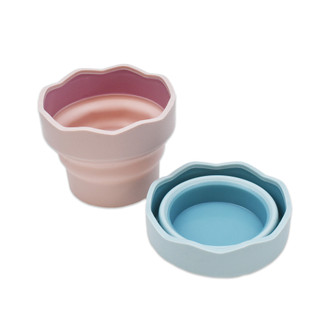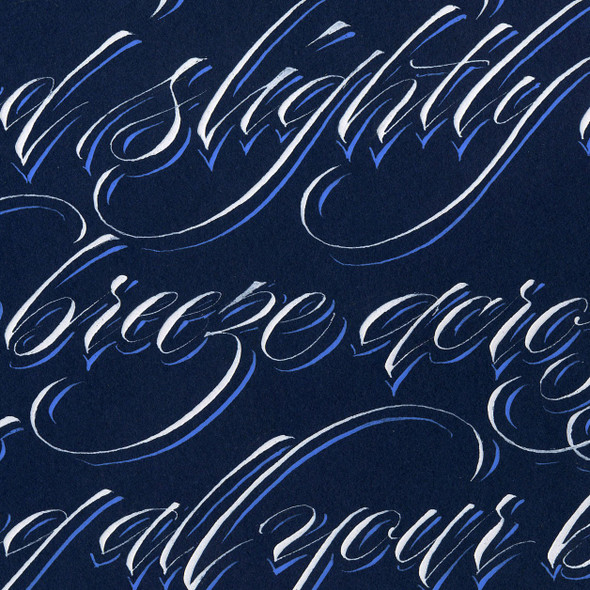John Stevens - Brush & Pen Lombardic Capitals + Variations: A 3-Session Course - Oct 11, 18 & 25, 2025
I’ve always loved Versals and Lombardic letterforms—both for their decorative flair and for the freedom of expression in their flowing contours. These letters, bold and full of character, …
Read MoreDescription
I’ve always loved Versals and Lombardic letterforms—both for their decorative flair and for the freedom of expression in their flowing contours. These letters, bold and full of character, offer variation and energy whether they appear as capitals in a larger text or as striking designs on their own. Traditionally, scribes drew them with the quill. In this class, we’ll explore them with brush and pointed pen—tools that bring out their bold, juicy quality. Lombardic Capitals, with their medieval roots, are luxurious and ornamental, yet perfectly suited to modern interpretation. They can enrich your calligraphy pages or stand beautifully on their own. Across three sessions, you’ll gain not only an appreciation for these lively letterforms but also valuable training in handling both the broad-edge brush and the pointed pen.
Brush & Pen Lombardic Capitals + Variations: A 3-Session Course
John Stevens
Sessions: 1.5 hours Zoom live.
(Recording is available for later viewing until December 25th)
Three Saturdays, October 11th, 18th, and 25th, starting at 2 pm EDT
Level: Open to all levels, but knowledge of Roman proportion is recommended.
Tuition Fee: $115.usd
https://bit.ly/jsdworkshop
Suppy List:
1. Brushes
Broad-edge brush like:
•Flat Ferrule (BR24, BR72,BR01) and round ferrule (BR26, BR49). 1/4” to 3/8” for the Raphael, Sho-card or round ferrule if you have some experience.
•A Palette for setting brush shape (S1094, S3010)
2. Pointed pen/Holder
•Pointed nibs of your favorite, but a variety should be available to test. Gillot, Hunt, Esterbrook, Leonardt EF Principal, Brause, etc. (N77, N72, N69, N120)
•Both straight and oblique pen-holders. (H113, H114, H134)
3. Ink/Pigment
(1) Gouache: Windsor & Newton, Nicker, or Holbein (Black, and colors you like). (WNG1, S1621, HG749)
(2) Black ink: Higgins Eternal, Moon Palace, Pelikan 4001, or Sumi Stick Ink. Again, there are a variety of inks nowadays, so should be tested. I also prepare my own ground sumi stick ink. (I08, I70, I04, IS09)
(3) Non-black ink: Walnut ink (S449, I145)
4. Paper
(1) Bond or Smooth, bleed proof white like Canson Pro-Layout Marker Pad, Boris Layout Pad (2) for pointed pen, Rougher, textured paper like Canson Sketch (Croquis) (Optional) Even Kraft paper will work for practice. (P32, P09, P108, PS109)
(3) Black or color paper (optional) like Ingres or Canson Mi-Teintes (PS22, PS61)
5. Others/ Suggestions
(1) Usual Workshop Supplies such as note taking stuff (PL21, P54)
(2) 2H-4H pencil for ruling lines (I like 0.3 mm mechanical pencil, but 0.5 mm will be Okay.) Actually, I use a lead-holder with removable lead (like the old drafting days), as I can get a very sharp point. (PL38, S650)
Eraser (E13, E09)
Straight edge (S270)
Water container (S1005)
Paper towels
Shop supplies for this class:




